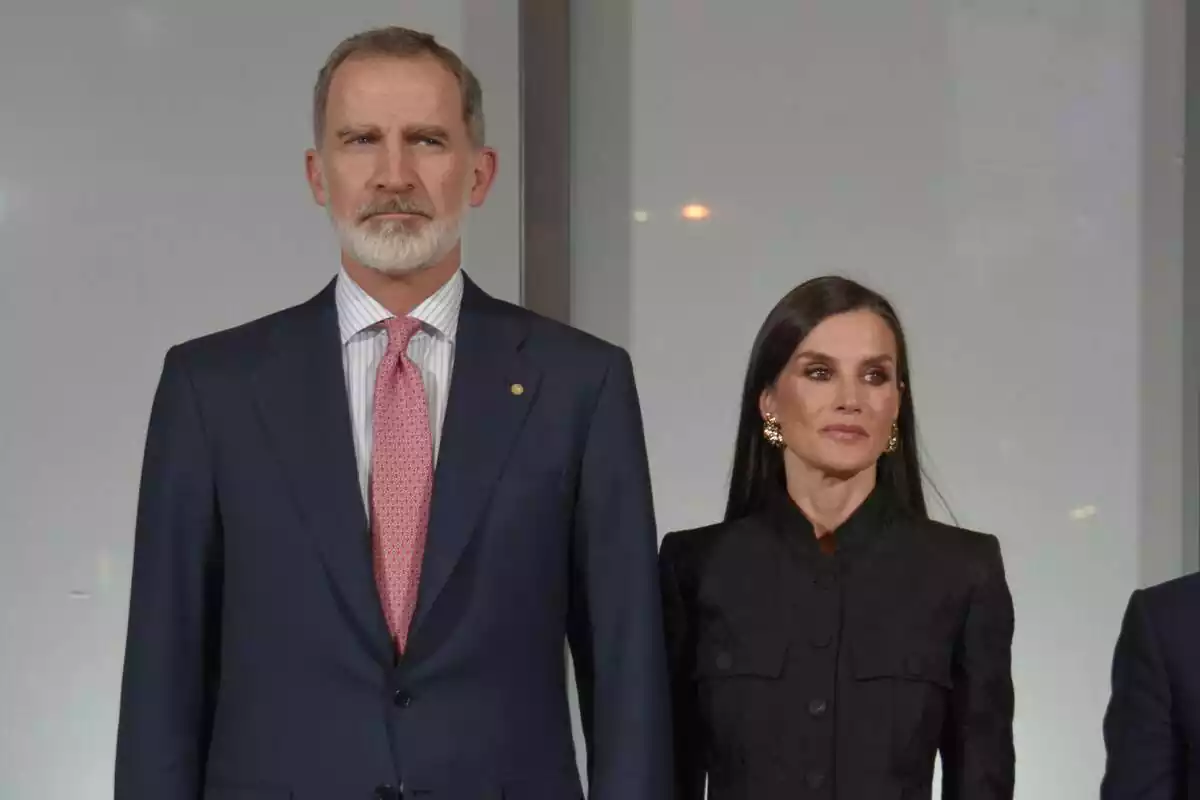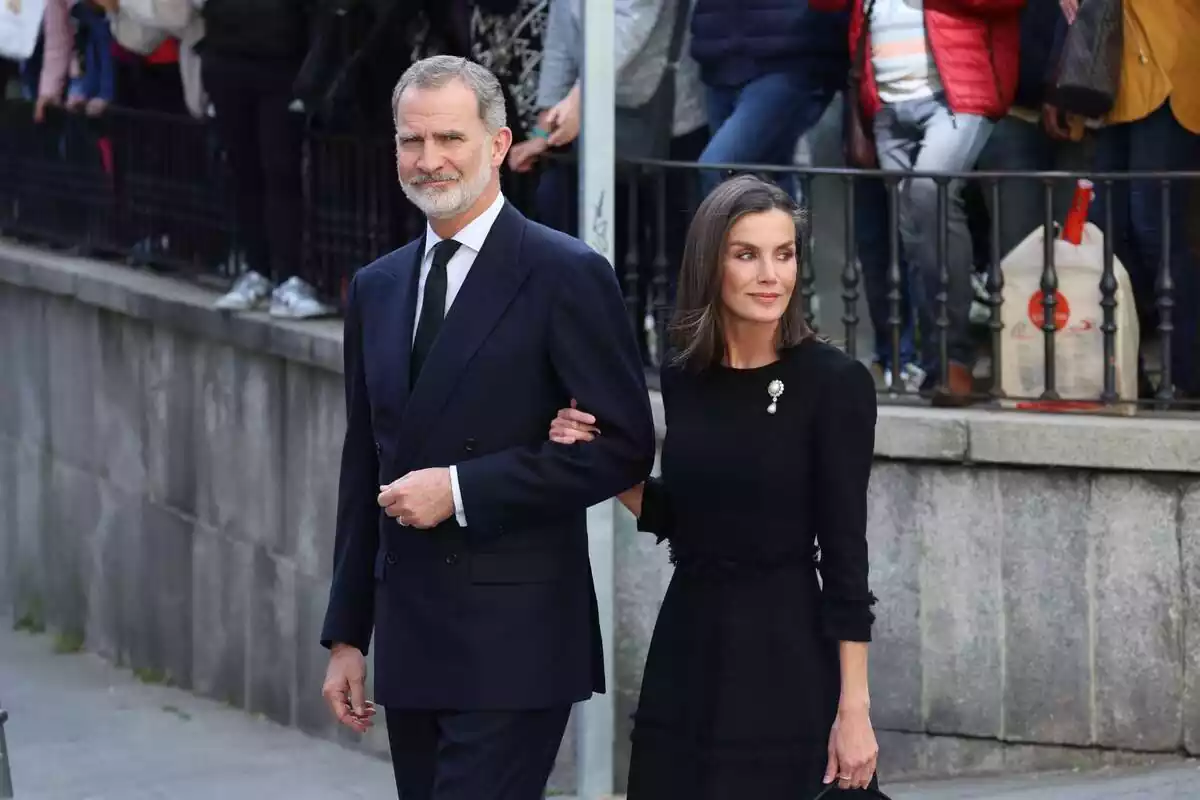
It wasn't a lie: King Felipe and Queen Letizia have done it and there is plenty of evidence
King Felipe and Queen Letizia broke protocol at Zarzuela with an emotional gesture that confirms their most human side
King Felipe and Queen Letizia have become the protagonists of a moment that has surprised everyone. During an audience at Zarzuela Palace, the monarch made a gesture that did not go unnoticed: he broke protocol when he reunited with Carmen Iglesias, his former teacher. With the images released by Casa Real, it is confirmed that it was not a lie: King Felipe hugged Carmen, visibly moved, and showed the very special bond that unites them.
This unexpected gesture took place during a solemn event with members of the Royal Academy of History. Instead of keeping within the formal rules dictated by the ceremony, Queen Letizia's husband chose to act from the heart. Why did he decide to break protocol at such a significant official event? When else have the kings of Spain done the same?

King Felipe and Queen Letizia break protocol during a reception at Zarzuela
Breaking protocol is not common for King Felipe, but it is not without precedent. In this case, the evidence is clear: the gesture was captured by cameras and confirmed by the media. What seemed like a simple institutional greeting turned into a scene full of personal meaning.
Although the event was carefully organized, the moment when they saw each other disrupted the sobriety of the occasion. The cameras captured the instant when the monarch, upon seeing his former teacher, did not hesitate to give her a warm hug.
Carmen Iglesias has been an essential figure in Felipe VI's life. Beyond academics, she has served as a mentor, role model, and even confidant. As several historians have recalled, Iglesias not only taught him history but also the values of parliamentary monarchy and the institutional role of the Head of State.
During the event, a commemorative book was also presented, covering the first ten years of Felipe VI's reign. It was precisely in that context that the emotional reunion took place.
The king not only hugged Carmen Iglesias; he also took her by the arm while they spoke closely. According to witnesses at the event, the monarch kept a close conversation with his former teacher for several minutes, in which there were smiles and confidences.
Queen Letizia, who was also present, accompanied the gesture with a warm smile, supporting the naturalness of the moment. With this act, both sovereigns have shown that, above the ceremonial, they deeply value personal bonds. Felipe VI's hug was not just a show of affection; it was a statement of principles about how he understands the current monarchy.

King Felipe and Queen Letizia have already broken protocol on previous occasions
Although the break with protocol with Carmen Iglesias has been especially symbolic, it is not the only time the monarchs have set aside strict rules. Below, we review other times when Felipe VI and Letizia acted with spontaneity:
UN dinner in Seville (June 2025). Recently, both were involved in a minor protocol misstep by greeting two guests in an unplanned way. Although it was a minor error, it showed the flexibility with which they act when they consider it necessary.
Hispanic Day (October 2024). During the hand-kissing ceremony, King Felipe and Queen Letizia left their position to approach Miguel Herrero y Rodríguez de Miñón, who has reduced mobility. It was a gesture of empathy and deference that was widely praised.
Inauguration in the Dominican Republic (August 2024). King Felipe chose a light-colored suit instead of the traditional white expected at formal summer events in that country. Although he was criticized for not following local custom, his decision was defended as an adaptation to the climate and international norms.

The gesture by King Felipe when reuniting with Carmen Iglesias shows that it was not a lie: he broke protocol moved by emotion. Both he and Queen Letizia have been the protagonists of similar moments that reaffirm their closeness and human commitment. These kinds of gestures, far from weakening the institution, humanize it and connect with a public that is increasingly alert to details.
More posts: